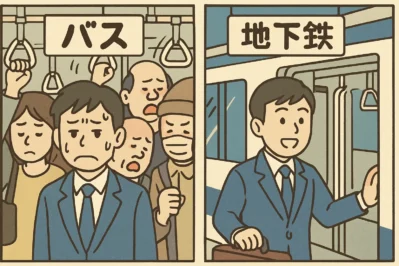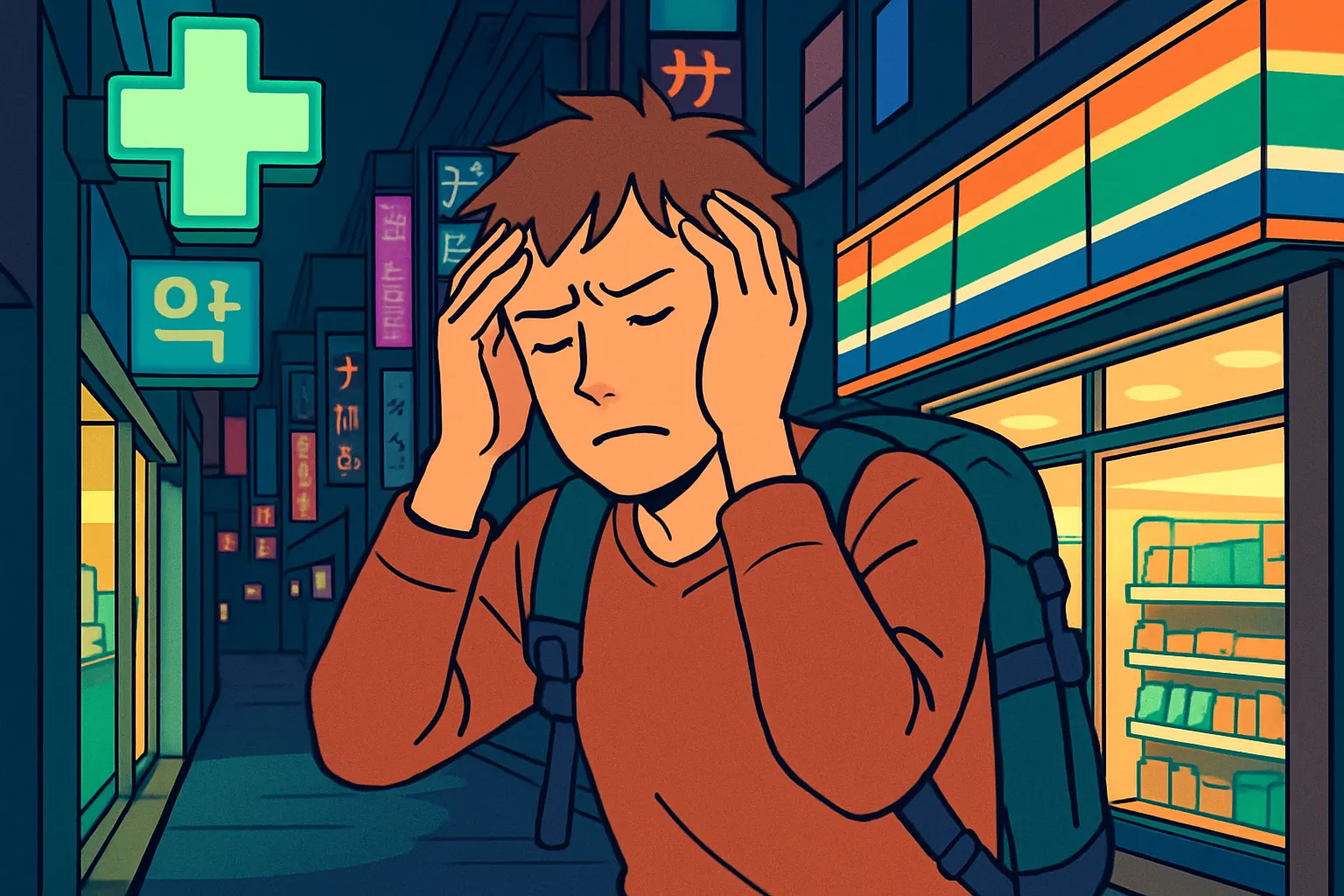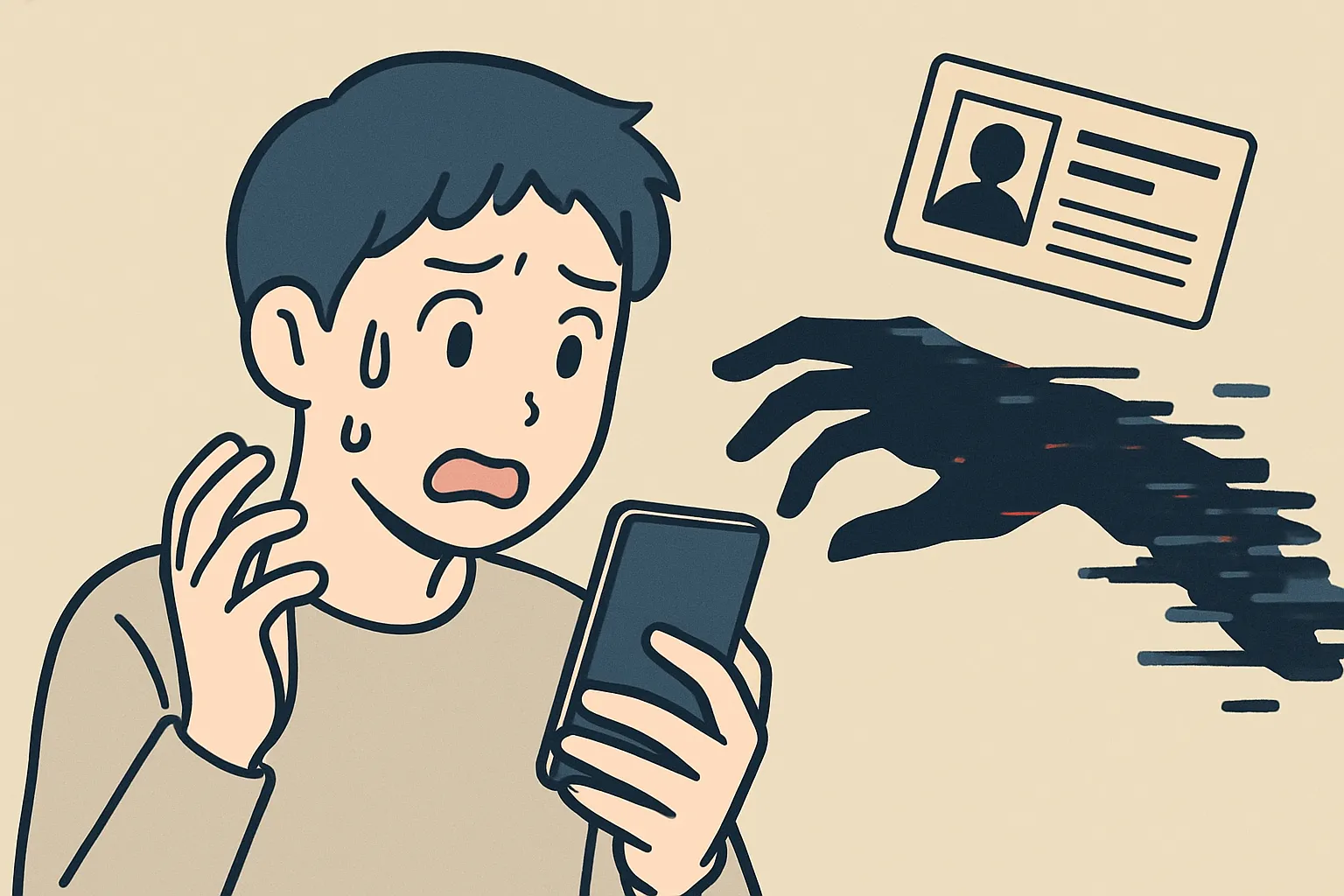Korean Transit Talk: Level Up Your Commute!
Hello! Welcome to [Maeil Hangul], where we upgrade your Korean skills!
Have you ever been on the subway in Seoul? It’s amazing! But sometimes… it can be a little crazy. Today, we’re going to learn how to talk about what you like and dislike, especially when using public transportation in Korea. This is super useful for daily conversations! Lately in Korea, everyone is talking about how convenient the new subway lines are, but also how crowded the buses can get during rush hour. Let’s learn how to join that conversation!
Key Expressions You Need to Know!
Here are some essential words to express your feelings about getting around town.
- 한국어 표현: 좋아요 (Joayo)
- 발음 [로마자]: Jo-a-yo
- 영어 뜻: I like it / It’s good.
- 상세 설명: This is the most basic and important way to say you like something! You can use it for anything – food, music, and yes, transportation. It’s polite and can be used in almost any situation.
- 한국어 표현: 싫어요 (Sireoyo)
- 발음 [로마자]: Si-reo-yo
- 영어 뜻: I don’t like it / I dislike it.
- 상세 설명: This is the direct opposite of 좋아요. It’s a clear and polite way to say you don’t like something. Be a little careful, as it can sound strong, but it’s perfect for expressing a simple preference.
- 한국어 표현: 편해요 (Pyeonhaeyo)
- 발음 [로마자]: Pyeon-hae-yo
- 영어 뜻: It’s convenient / It’s comfortable.
- 상세 설명: This word is your best friend when talking about Korean public transport! It can mean “comfortable,” like a nice seat, or “convenient,” like a subway station that’s right next to your house.
- 한국어 표현: 복잡해요 (Bokjaphaeyo)
- 발음 [로마자]: Bok-jap-hae-yo
- 영어 뜻: It’s crowded / It’s complicated.
- 상세 설명: You will use this word a lot in a big city like Seoul! It perfectly describes a busy subway station during rush hour. It can also mean “complicated,” like a difficult subway map.
Example Dialogue
Let’s see how these expressions work in a real conversation! Two friends, A and B, are planning to go to Hongdae.
A: 우리 홍대에 버스로 갈까요? (Uri Hongdae-e beoseu-ro galkkayo?)
Shall we go to Hongdae by bus?
B: 음… 저는 버스는 싫어요. 길이 막혀요. (Eum… Jeoneun beoseu-neun si-reo-yo. Gil-i mak-hyeo-yo.)
Hmm… I don’t like the bus. There’s too much traffic.
A: 그럼 지하철은 어때요? (Geureom jihacheol-eun eottaeyo?)
Then what about the subway?
B: 지하철은 좋아요! 빠르고 편해요. (Jihacheol-eun jo-a-yo! Ppareugo pyeon-hae-yo.)
I like the subway! It’s fast and convenient.
A: 하지만 지금은 사람이 너무 많아서 복잡해요. (Hajiman jigeum-eun saram-i neomu manaseo bok-jap-hae-yo.)
But it’s so crowded with people right now.
Culture Tip & Trend Deep Dive
In Korea, especially in Seoul, talking about your commute is a daily ritual. If you want to sound like a local, you need to know about the “지옥철” (jiokcheol). This literally means “hell train” and refers to the super-crowded subway lines (like Line 2 and Line 9) during morning rush hour. When you see a packed train, you can just shake your head and say, “와, 진짜 복잡해요.” (Wa, jinjja bok-jap-hae-yo.) – “Wow, it’s really crowded.” Everyone will understand you!
On the other hand, the transit system is famous for being incredibly efficient. Most Koreans use a T-money card to tap and go. This system is a perfect example of something that is really 편해요 (pyeon-haeyo) – convenient! Mentioning how convenient the T-money card is will definitely impress your Korean friends.
Let’s Review & Practice!
Great job today! We learned four very important words for talking about public transportation: 좋아요 (like), 싫어요 (dislike), 편해요 (convenient), and 복잡해요 (crowded).
Now, let’s test your knowledge!
- Fill in the blank: The bus comes every 5 minutes and the bus stop is in front of my house. The bus is so _______
(Hint: What’s the word for “convenient”?) -
Your turn! In your country, is the subway more popular, or is the bus? Tell us in a short Korean sentence using 좋아요 or 싫어요.
Leave your answers in the comments below! We’d love to see you practice today’s expressions. See you next time






